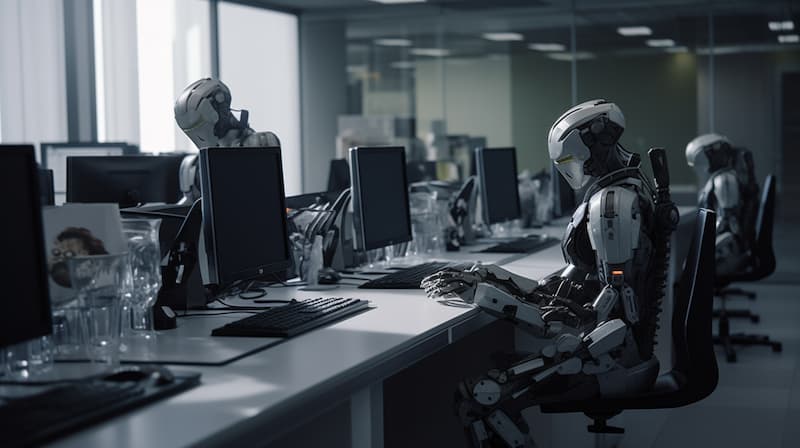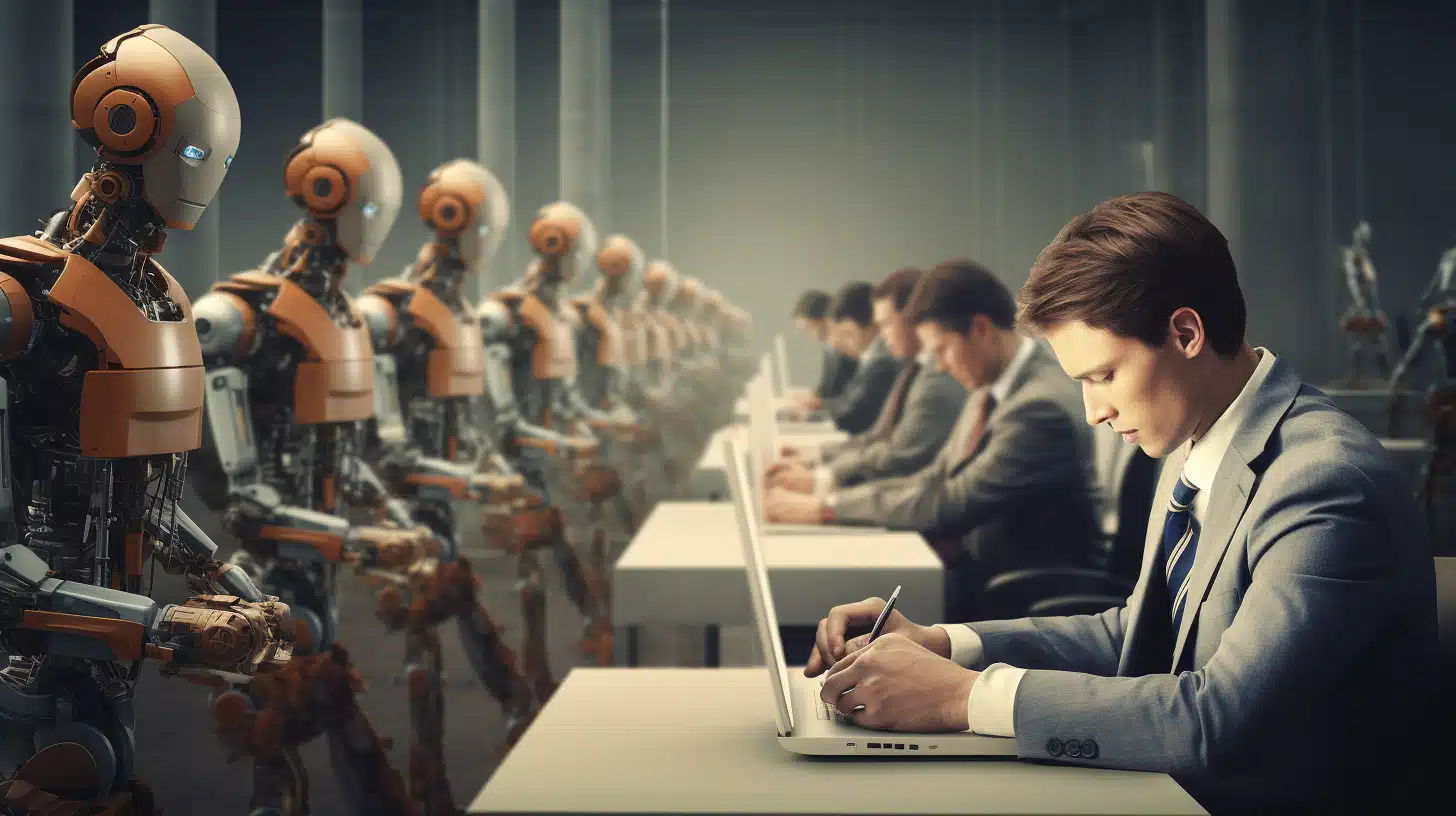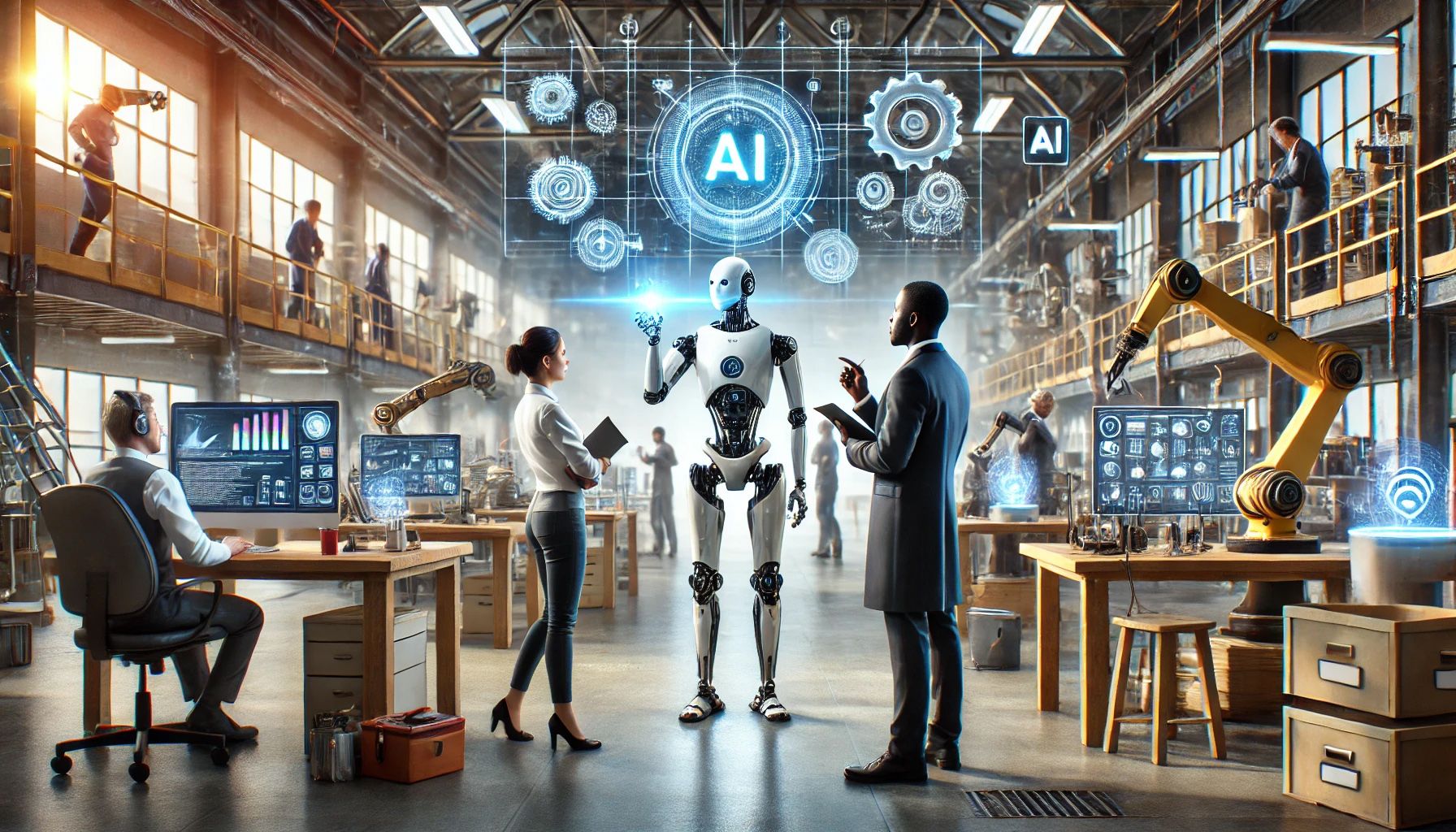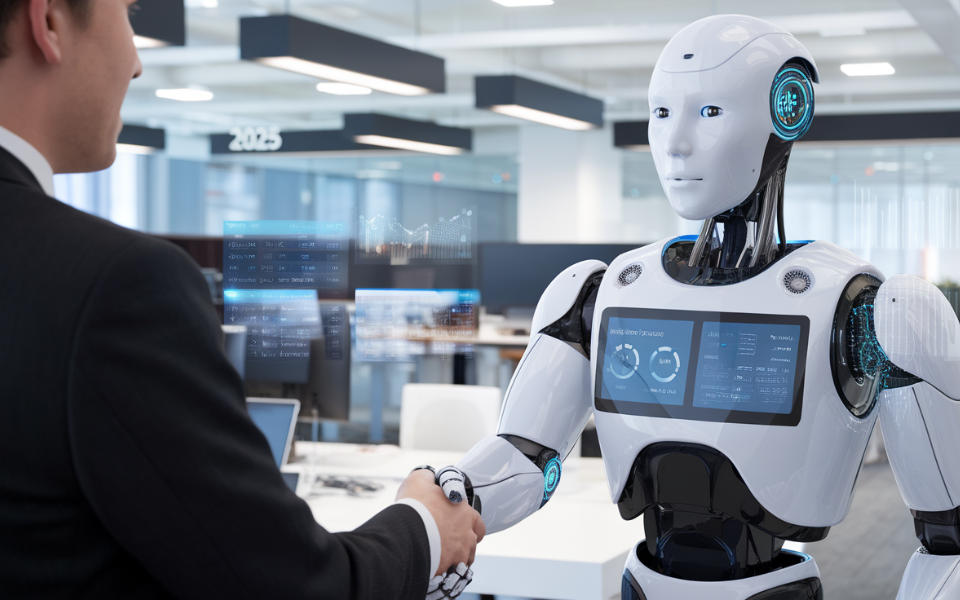Artificial Intelligence (AI) and automation are revolutionizing the global workforce, reshaping how businesses operate and how jobs are performed. While these technologies promise greater efficiency and innovation, they also bring significant challenges that affect workers, employers, and society at large.
What is AI-Driven Job Automation?
AI-driven job automation refers to the use of intelligent systems and robotics to perform tasks traditionally carried out by humans. From manufacturing and logistics to customer service and data analysis, AI is increasingly capable of replicating complex human behaviors, often at higher speed and lower cost.
Key Challenges in AI and Job Automation
Job Displacement
One of the most pressing concerns is the potential loss of jobs. Roles involving repetitive, rule-based tasks—such as data entry, assembly line work, or basic customer support—are increasingly being replaced by machines. This displacement poses serious economic and social risks, especially for workers without access to retraining or alternative employment.
Skills Gap
As AI evolves, demand grows for highly skilled workers who can design, manage, and maintain automated systems. However, many employees in traditional roles may lack the technical training needed for these new opportunities, leading to a growing skills gap and workforce imbalance.
Economic Inequality
Automation tends to benefit high-income earners and tech-savvy businesses, while displacing lower-income workers. This shift can widen the income gap and lead to economic inequality, particularly in regions or industries that are slow to adapt.
Human Dignity and Identity
For many people, work is not just a source of income but a key part of their identity and purpose. The replacement of human labor with machines raises deeper philosophical questions about the role of humans in a tech-driven society, potentially impacting mental health and social cohesion.
Bias and Fairness
AI systems can unintentionally reinforce biases present in the data they are trained on. In automated hiring systems, for example, this can result in unfair treatment of candidates based on gender, race, or background, raising serious ethical and legal concerns.
Dependence on Technology
Relying heavily on AI systems can lead to overdependence, where human skills erode over time. In critical sectors such as healthcare or transportation, this reliance could become dangerous if AI systems fail or behave unpredictably.
Conclusion
AI and automation are reshaping the future of work, offering both incredible opportunities and daunting challenges. To navigate this transition responsibly, businesses, governments, and individuals must invest in education, promote ethical practices, and develop policies that protect workers while embracing innovation. Balancing efficiency with humanity will be essential in building a future where technology empowers rather than replaces the human workforce.







Leave feedback about this